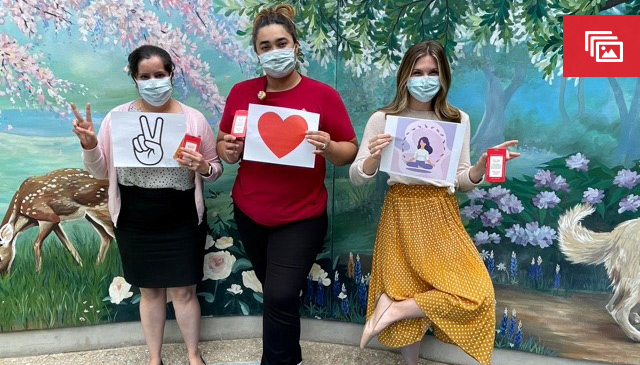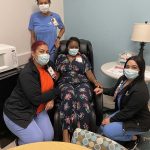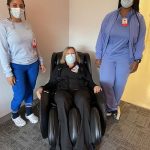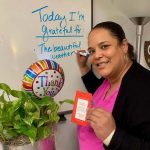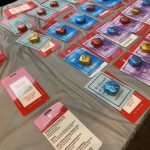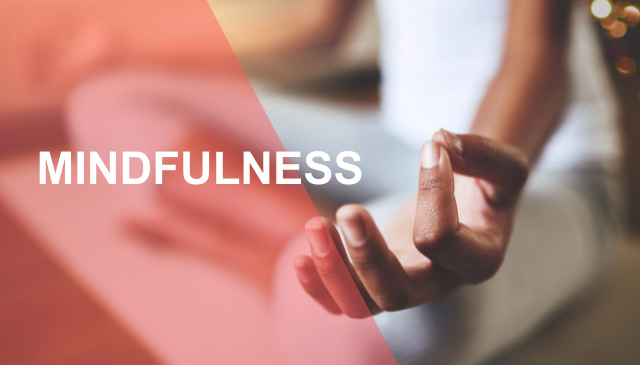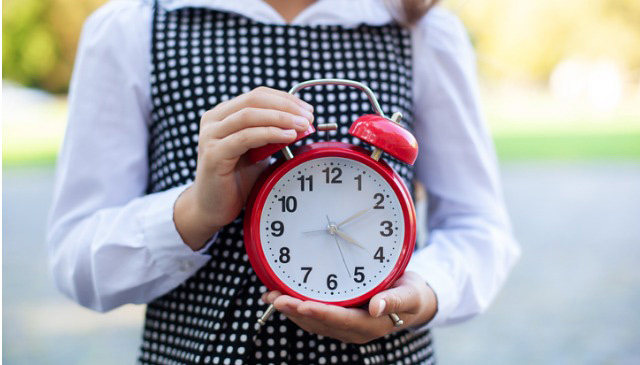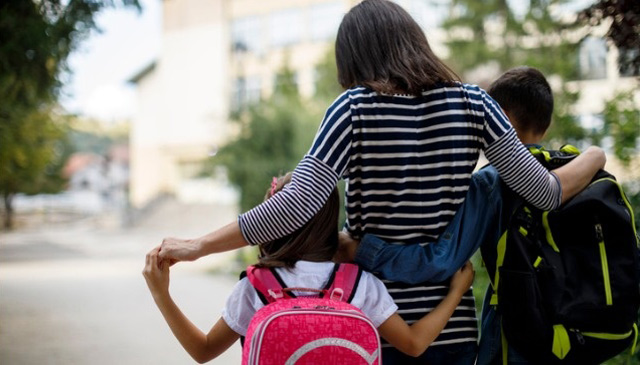NOW is a good time to schedule an annual physical check up with your health care provider. There are several ways to accomplish scheduling your physical:
- Employee Medical Clinic. The clinic offers a comprehensive Well-Being Physical that incorporates a mental health assessment, body composition and health coaching.
- Primary Care Provider. Schedule an appointment with your PCP or if you are covered by Cigna, utilize MyCigna to help find one.
- Telehealth/Virtual Provider. Not enough time to see your physician in person? You may schedule a virtual physical exam by connecting with an MDLIVE virtual provider on MycCigna.com or the MyCigna app.
- If using MyCigna.com: Click on “Find Care & Costs” > “Doctor by Type” > “Primary Care Physician (PCP)”, then click on the option to Go Virtual.
- If using the MyCigna App: Click on “Find Care” then look for the “Talk to a doctor or nurse 24/7” option to be connected with a virtual care provider.
- Community Well-Being Physical. This is a complimentary add onto your basic annual physical exam for employees who work at Texas Children’s Community Locations. Click here for more information.
The Active and Fit Direct program offers free digital classes. Register to access:
- 200 on-demand workouts across several fitness categories including cardio, strength, cycling, martial arts, and more.
- Customized options based on your current level: beginner, intermediate and advanced.
Active and Fit Direct also offers fee-based and on-site options:
- Standard Network – Fitness Center Access & Digital Classes – $25 per month plus $25 enrollment fee (waived when choosing a gym in the standard network).
- Premium Network – Boutique Studios & Digital Classes – New memberships start at $30 per month.
To start working out, visit the Health & Well-Being page on Connect and go to “Learn More” under Active and Fit Direct.
Engage with one of Texas Children’s Health Coaches to help you build healthy habits
The best way to create and maintain a healthy lifestyle is by incorporating healthy habits each day. Small changes add up to you feeling better and more energetic throughout your day, ultimately helping you live a healthier life. Our health coaches encourage you to try making small changes each month, such as eating more fruits and veggies or getting up 10 minutes earlier to do some easy walking around the house.
Some other simple ways to incorporate small healthy changes into your everyday schedule include: drinking water instead of soda, moving during TV commercial breaks instead of sitting still, taking walks throughout the day, cooking healthy meals together as a family and going to bed just 30 minutes earlier.
Contact one of our health coaches to start creating healthy habits today!
- Medical Center employees contact: Staci Tobolowsky-Astrein
- All other employees contact: Ashley Miller
Our health coaches can keep you accountable for any well-being goal as well as provide nutritional advice and guidance to keep you Healthy + Strong in 2022!




